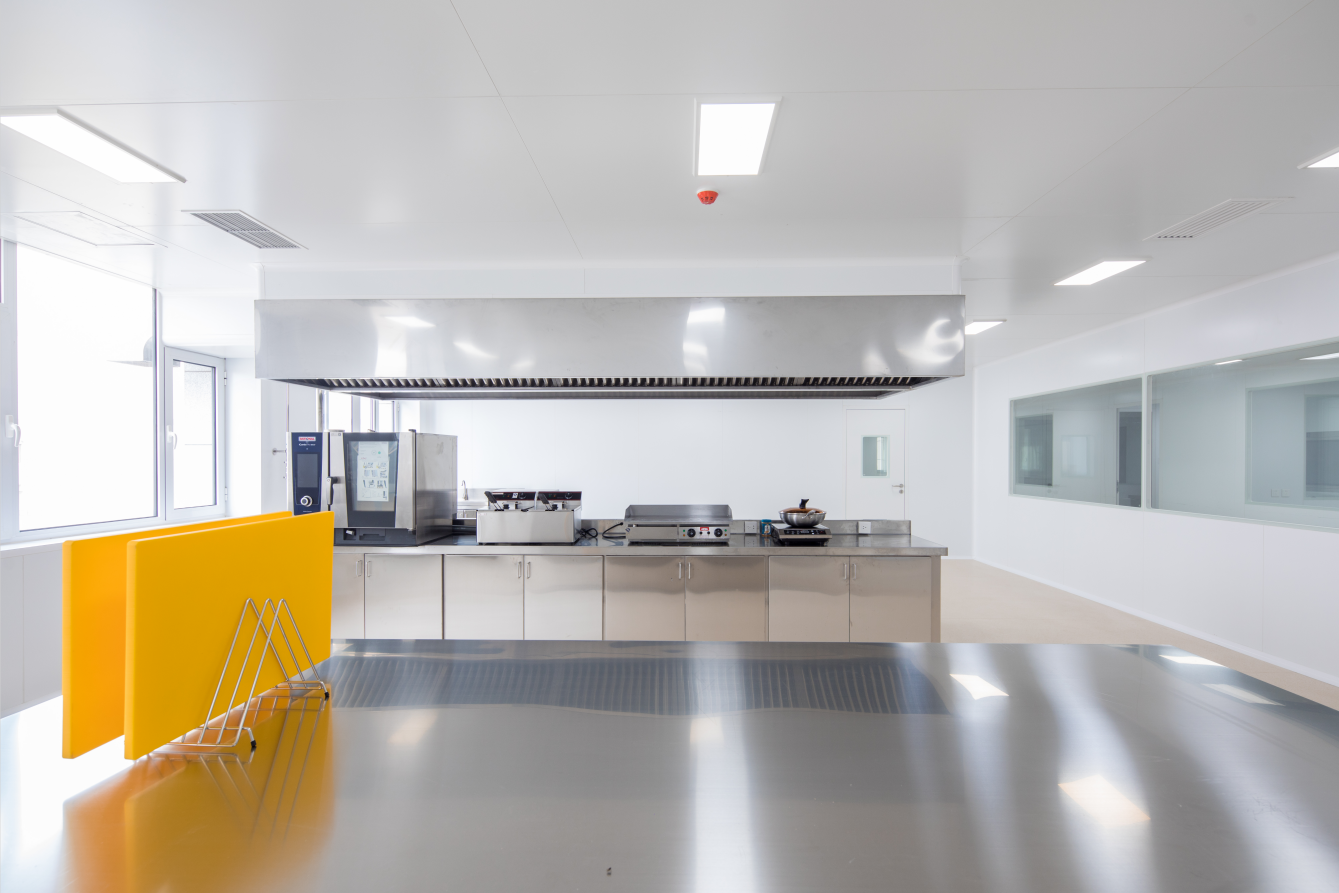The clean room differs in airflow design according to different grades. Generally, it can be divided into vertical laminar flow (Class1-100), horizontal laminar flow (Class1-1,000), and turbulent flow (Class1,000-100,000). The detailed distinction is as follows:
| Airflow method | Cleanliness | Wind velocity (/s) |
Air change rate (/h) | Air inlet | Advantage | Disadvantage |
| Vertical laminar flow | Class1- Class100 | 0.25- 0.40 | 200- 60 | Blow out: more than 80% of the ceiling. Inhalation: more than 40% of the wall panel, also from the side panel. | The effect is complete,Not easily affected by operators and operating status,It becomes stable immediately after starting operation,There is very little dust accumulation and re-floating,Easy to manage. | Pay attention to the void space in the ceiling (lighting, etc.)It is troublesome to change the filter,The equipment cost is very high,The expansion of the house is more difficult. |
| Horizontal laminar flow | Class1- Class1,000 | 0.45- 0.50 | 200-600 100-200 |
Blow out: more than 80% of the siding. Inhalation: more than 40% of the siding, also from the ceiling. | It becomes stable immediately after the operation starts, and the structure is simple. | The upstream influence will appear downstream,Attention must be paid to the configuration and management of personnel and machines,The equipment cost is very high,The expansion of the house is more difficult. |
| Turbulent flow (traditional) | Class1,000- Class100,000 |
30-60 | Blow out: the filter has a better outlet. Inhalation: from near the floor. | Simple structure,Low equipment cost,The expansion of the house is easier,If you add a dust-free table, you can ensure high cleanliness. | Pollution particles may circulate indoors due to the turbulence of the airflowIt takes a while to reach a stable state,Attention must be paid to the configuration and management of personnel and machines. |
Post time: Nov-05-2021

